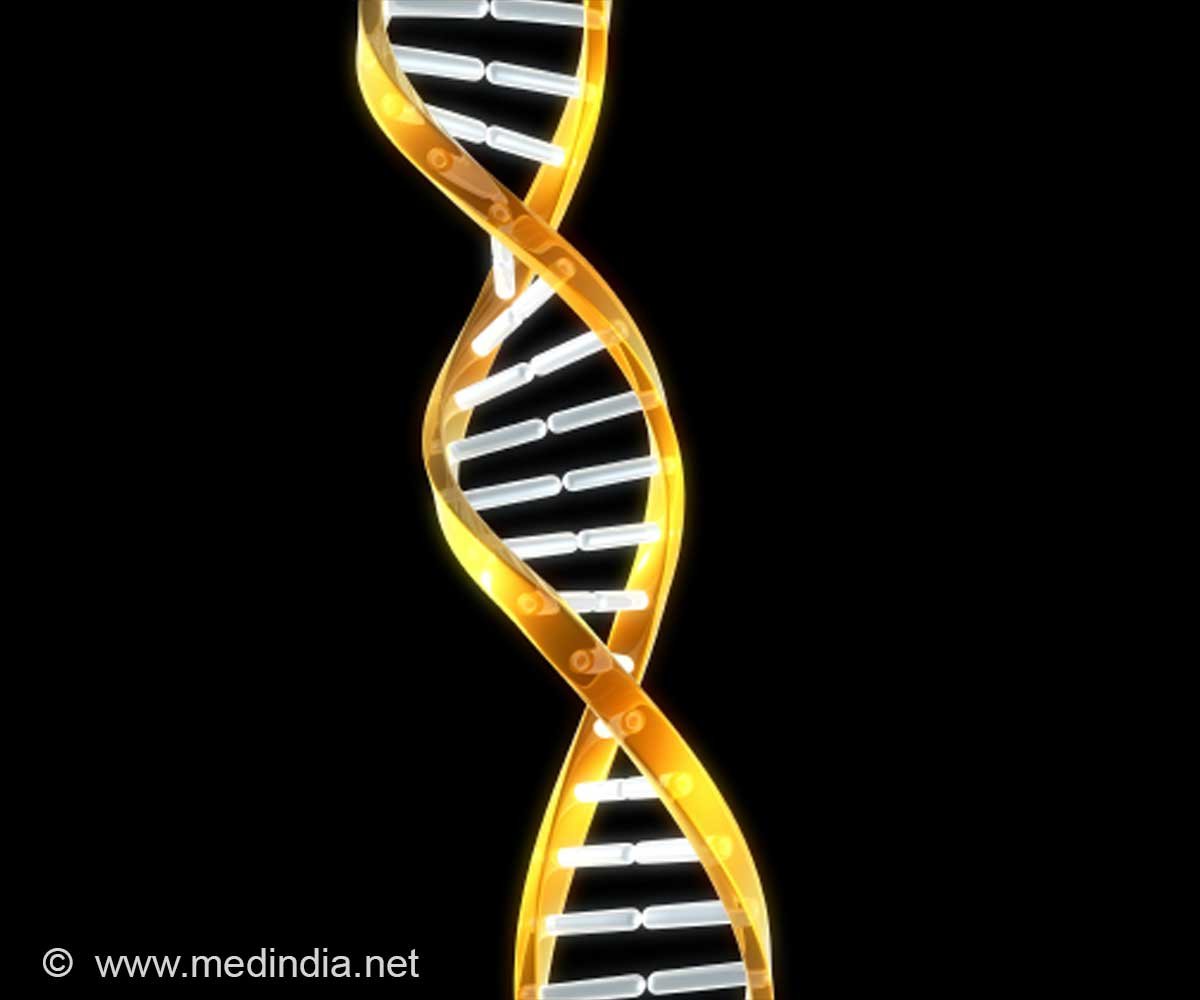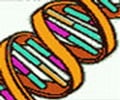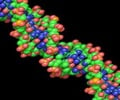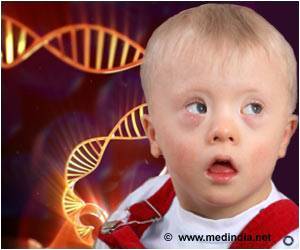The process of genome replication occurs at structures called 'replication forks'.

Cell proliferation is controlled in particular by specific genes known as proto-oncogenes. Their overexpression or mutation into oncogenes triggers an uncontrolled proliferation and promotes cancer development. 'In tumour cells, oncogenes induce a collapse or even a rupture of the replication forks. This causes the detachment of enzymatic replication complexes and a break of the double-stranded DNA', explains Thanos Halazonetis, Professor at the Department of Molecular Biology at the University of Geneva.
The same mechanism in yeast and malignant cells In collaboration with the universities of Helsinki (Finland), Duisburg-Essen (Germany), Brandeis (USA) and the Karolinska Institute (Sweden), the geneticist's team haresumes determined how the damaged forks are repaired so that replication can resume. The researchers have analysed 690 genes involved in DNA metabolism. 'We have set up a library of molecules known as siRNAs which are capable of targeting genes individually by preventing them from being expressed', reports Lorenzo Costantino, post-doctoral fellow in the team and a main author of the article. These genetic hooks have allowed the researchers to isolate several genes essential for the repair of damaged forks, including POLD3 and POLD4. These two genes encode proteins involved in DNA replication and repair. 'Thanks to these first hits, we were able to identify a different repair process known as 'break-induced replication' (BIR), which was known in yeast, but not in humans', notes Sotirios Sotiriou, doctoral researcher of the team and co-author.
Aberrant duplication of tumour DNA The biologists have found that the BIR repair process, rarely employed in healthy cells, is very common in human tumour cells. Furthermore, the use of this intracellular repair pathway explains how abnormal duplications of portions of the genome observed in cancer cells occur. The genome's instability is in fact essential to tumour development as it allows for the accumulation of the prerequisite mutations. 'Different proteins, such as POLD3 and POLD4, are recruited for BIR. Our next objective is to identify all the other biochemical players involved in this intracellular pathway in order to determine which ones could be a therapeutic target', explains Thanos Halazonetis.
Source-Eurekalert
 MEDINDIA
MEDINDIA



 Email
Email





